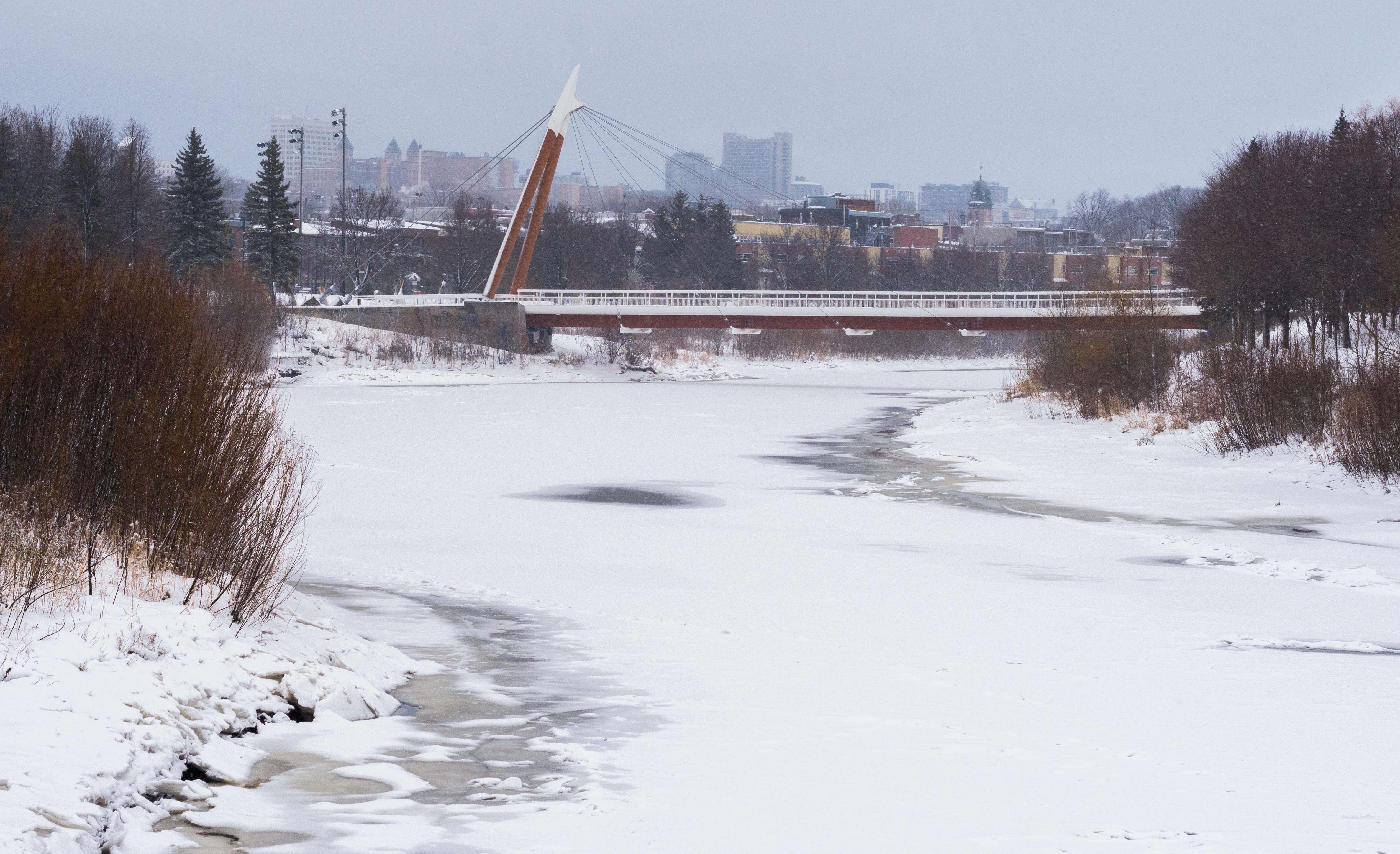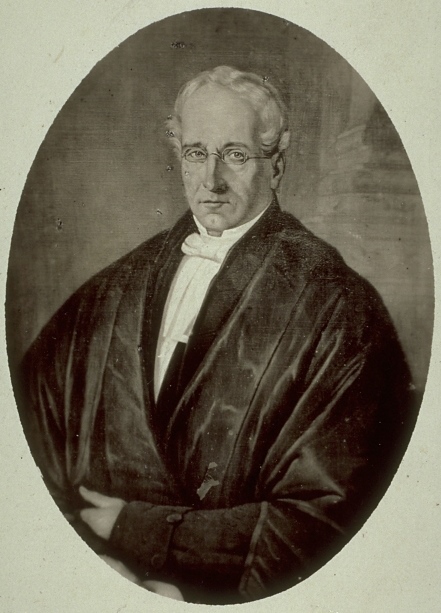|
Peter Burnet
Peter Burnet 1791-1870 was born in Elrick, Aberdeen, Scotland. He moved to Quebec in 1810 where he was merchant and political figure in Lower Canada. He represented Quebec Lower Town in the Legislative Assembly of Lower Canada in 1820. Around 1820 he had a son Peter with his wife Mary He operated a business in Quebec City, at first by himself and then, after 1823, in partnership with his brother David. The Burnets imported goods and were involved in the lumber trade, as well as owning river frontage and operating a shipyard on the Saint-Charles River. Burnet was a director for the Bank of Montreal at Quebec City. Elected to the assembly in April 1820, he did not run for reelection in the election held in July later that year. He was opposed to the Union of Upper and Lower Canada proposed in 1822. Around 1830, Burnet moved to London, England. Sometime in the 1830s he moved to Nice, Alpes-Maritimes, Provence-Alpes-Côte d'Azur, France where he died 19 Jan 1870 In 1859, he acqui ... [...More Info...] [...Related Items...] OR: [Wikipedia] [Google] [Baidu] |
Lower Canada
The Province of Lower Canada (french: province du Bas-Canada) was a British colony on the lower Saint Lawrence River and the shores of the Gulf of Saint Lawrence (1791–1841). It covered the southern portion of the current Province of Quebec and the Labrador region of the current Province of Newfoundland and Labrador (until the Labrador region was transferred to Newfoundland in 1809). Lower Canada consisted of part of the former colony of Canada of New France, conquered by Great Britain in the Seven Years' War ending in 1763 (also called the French and Indian War in the United States). Other parts of New France conquered by Britain became the Colonies of Nova Scotia, New Brunswick, and Prince Edward Island. The Province of Lower Canada was created by the ''Constitutional Act 1791'' from the partition of the British colony of the Province of Quebec (1763–1791) into the Province of Lower Canada and the Province of Upper Canada. The prefix "lower" in its name refers to its geog ... [...More Info...] [...Related Items...] OR: [Wikipedia] [Google] [Baidu] |
Legislative Assembly Of Lower Canada
The Legislative Assembly of Lower Canada was the lower house of the bicameral structure of provincial government in Lower Canada until 1838. The legislative assembly was created by the Constitutional Act of 1791. The lower house consisted of elected legislative councilors who created bills to be passed up to the Legislative Council of Lower Canada, whose members were appointed by the governor general. Following the Lower Canada Rebellion, the lower house was dissolved on March 27, 1838, and Lower Canada was administered by an appointed Special Council. With the Act of Union in 1840, a new lower chamber, the Legislative Assembly of Canada, was created for both Upper and Lower Canada which existed until 1867, when the Legislative Assembly of Quebec was created. Speaker of the House of Assembly of Lower Canada * Jean-Antoine Panet 1792–1794 * Michel-Eustache-Gaspard-Alain Chartier de Lotbinière 1794–1796 * Jean-Antoine Panet 1797-1814 * Louis-Joseph Papineau 1815� ... [...More Info...] [...Related Items...] OR: [Wikipedia] [Google] [Baidu] |
Quebec City
Quebec City ( or ; french: Ville de Québec), officially Québec (), is the capital city of the Canadian province of Quebec. As of July 2021, the city had a population of 549,459, and the metropolitan area had a population of 839,311. It is the eleventh -largest city and the seventh -largest metropolitan area in Canada. It is also the second-largest city in the province after Montreal. It has a humid continental climate with warm summers coupled with cold and snowy winters. The Algonquian people had originally named the area , an AlgonquinThe Algonquin language is a distinct language of the Algonquian language family, and is not a misspelling. word meaning "where the river narrows", because the Saint Lawrence River narrows proximate to the promontory of Quebec and its Cape Diamant. Explorer Samuel de Champlain founded a French settlement here in 1608, and adopted the Algonquin name. Quebec City is one of the oldest European cities in North America. The ramparts surround ... [...More Info...] [...Related Items...] OR: [Wikipedia] [Google] [Baidu] |
David Burnet (Quebec Politician)
David Burnet (c. 1803 – June 2, 1853) was a prominent merchant and political figure in Quebec City, Lower Canada. Although initially successful, both his business activities and his political career were caught short by his bankruptcy. He died around age 50 in Quebec City. Business career Burnet was a merchant at Quebec City. He first entered business with his brother Peter, who was involved in the timber trade, importing and ship building. Peter moved to London around 1830 and David replaced him as a director of the Bank of Montreal at Quebec. He had two ships built, one in 1838 and one in 1840, and entered the forwarding business between Kingston and Montreal. In 1832, he was named a warden of Trinity House of Quebec. Burnet was also part owner of a distillery and a textile mill and speculated in real estate. Around 1830, Burnet married Mary Ann Forsyth, sister of a prominent businessman, James Bell Forsyth. Burnet had business dealings over the years with his br ... [...More Info...] [...Related Items...] OR: [Wikipedia] [Google] [Baidu] |
Saint-Charles River (Quebec City)
The Saint-Charles River (Huron-Wendat name is ''Akiawenrahk'') is the main watercourse crossing Quebec City, Quebec, Canada. The surface of the Saint-Charles River (except the rapids areas) is generally frozen from the beginning of December to the end of March; however, safe circulation on the ice is generally done from the end of December to the beginning of March. The water level of the river varies with the seasons and the precipitation; the spring flood occurs in March or April. Geography It springs from Saint-Charles Lake, follows a course of approximately and ends into Saint Lawrence River. Its drainage basin is large and a population of 350,000 persons live on its shores, in Quebec City and the Regional County Municipality of La Jacques-Cartier. It is the most densely populated drainage basin of any Quebec river, with an average population density of 600 inhabitants per square kilometer, mostly concentrated in the last third of its length. This makes its banks a popul ... [...More Info...] [...Related Items...] OR: [Wikipedia] [Google] [Baidu] |
Bank Of Montreal
The Bank of Montreal (BMO; french: Banque de Montréal, link=no) is a Canadian multinational investment bank and financial services company. The bank was founded in Montreal, Quebec, in 1817 as Montreal Bank; while its head office remains in Montreal, the operational headquarters and executive offices have been located in Toronto, Ontario since 1977. One of the Big Five banks in Canada, it is the fourth-largest bank in Canada by market capitalization and assets, and one of the eight largest banks in North America and the top 50 in the world. It is commonly known by its ticker symbol BMO (pronounced ), on both the Toronto Stock Exchange and the New York Stock Exchange. In October 2021, it had CA$634 billion in assets under administration (AUA). The Bank of Montreal swift code is BOFMCAM2 and the institution number is 001. On 23 June 1817, John Richardson and eight merchants signed the Articles of Association to establish the Montreal Bank in a rented house in Montreal, Queb ... [...More Info...] [...Related Items...] OR: [Wikipedia] [Google] [Baidu] |
London
London is the capital and List of urban areas in the United Kingdom, largest city of England and the United Kingdom, with a population of just under 9 million. It stands on the River Thames in south-east England at the head of a estuary down to the North Sea, and has been a major settlement for two millennia. The City of London, its ancient core and financial centre, was founded by the Roman Empire, Romans as ''Londinium'' and retains its medieval boundaries.See also: Independent city#National capitals, Independent city § National capitals The City of Westminster, to the west of the City of London, has for centuries hosted the national Government of the United Kingdom, government and Parliament of the United Kingdom, parliament. Since the 19th century, the name "London" has also referred to the metropolis around this core, historically split between the Counties of England, counties of Middlesex, Essex, Surrey, Kent, and Hertfordshire, which largely comprises Greater London ... [...More Info...] [...Related Items...] OR: [Wikipedia] [Google] [Baidu] |
Seigneurial System Of New France
The manorial system of New France, known as the seigneurial system (french: Régime seigneurial), was the semi- feudal system of land tenure used in the North American French colonial empire. Both in nominal and legal terms, all French territorial claims in North America belonged to the French king. French monarchs did not impose feudal land tenure on New France, and the king's actual attachment to these lands was virtually non-existent. Instead, landlords were allotted land holdings known as manors and presided over the French colonial agricultural system in North America. Manorial land tenure was introduced to New France in 1628 by Cardinal Richelieu. Richelieu granted the newly formed Company of One Hundred Associates all lands between the Arctic Circle to the north, Florida to the south, Lake Superior in the west, and the Atlantic Ocean in the east. In exchange for this vast land grant and the exclusive trading rights tied to it, the Company was expected to bring two to ... [...More Info...] [...Related Items...] OR: [Wikipedia] [Google] [Baidu] |
Year Of Birth Uncertain
A year or annus is the orbital period of a planetary body, for example, the Earth, moving in its orbit around the Sun. Due to the Earth's axial tilt, the course of a year sees the passing of the seasons, marked by change in weather, the hours of daylight, and, consequently, vegetation and soil fertility. In temperate and subpolar regions around the planet, four seasons are generally recognized: spring, summer, autumn and winter. In tropical and subtropical regions, several geographical sectors do not present defined seasons; but in the seasonal tropics, the annual wet and dry seasons are recognized and tracked. A calendar year is an approximation of the number of days of the Earth's orbital period, as counted in a given calendar. The Gregorian calendar, or modern calendar, presents its calendar year to be either a common year of 365 days or a leap year of 366 days, as do the Julian calendars. For the Gregorian calendar, the average length of the calendar y ... [...More Info...] [...Related Items...] OR: [Wikipedia] [Google] [Baidu] |


.jpg)


